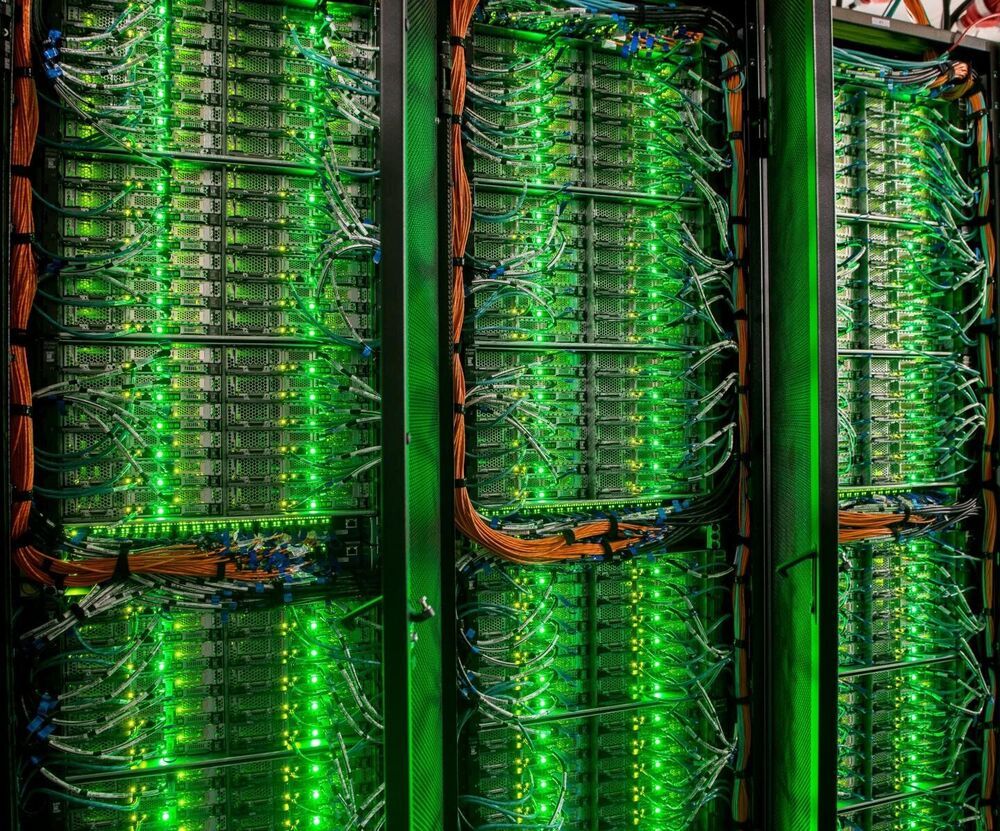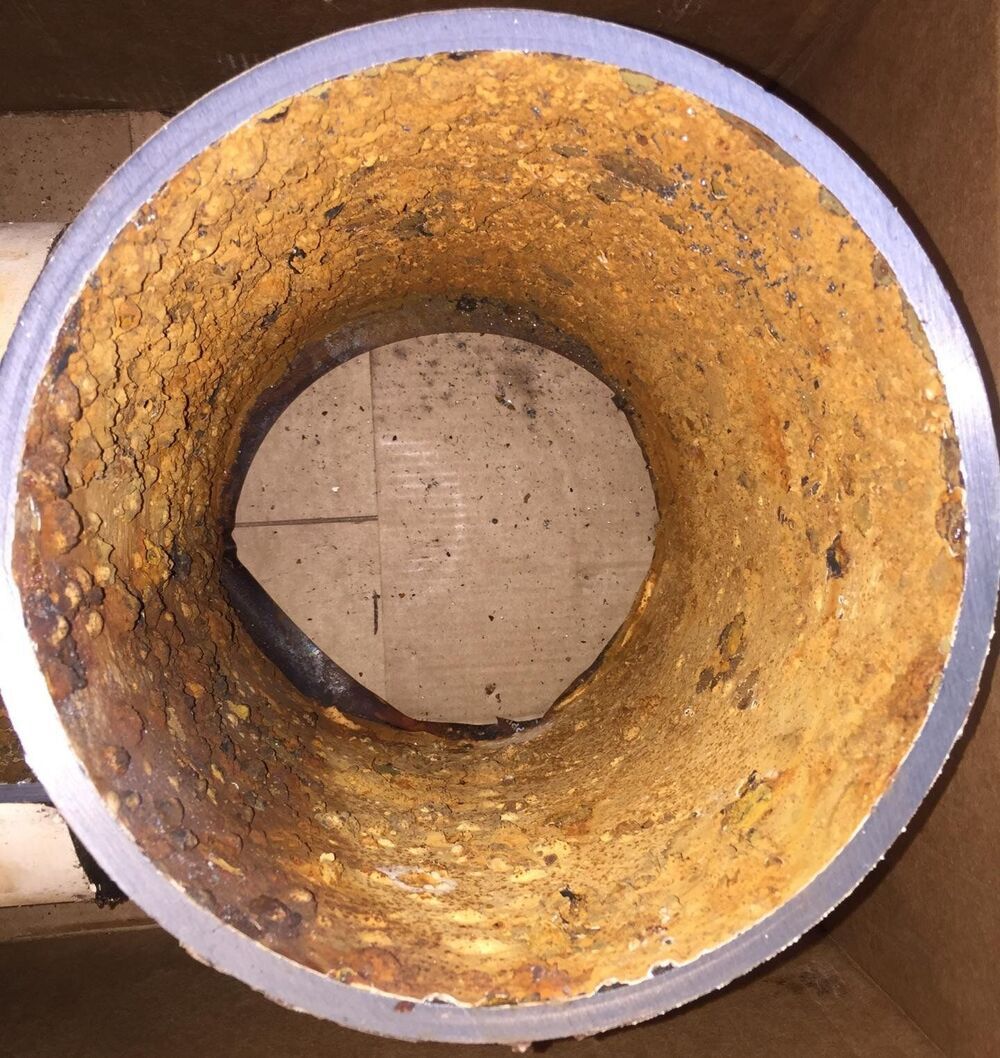Meet the Smellicopter is a tiny drone developed by scientists at the University of Washington, capable of detecting smells like gas leaks, explosives, or even the survivors of a natural disaster. This amazing, obstacle avoiding UAV doesn’t use a man-made sensor to smell: it uses a moth antenna to navigate towards an odor.
A research paper published in IOP Science describes Smellicopter as “A bio-hybrid odor-guided autonomous palm-sized air vehicle.” The advantages to such a vehicle are clear: the tiny drone can travel in places that humans cannot or should not: the rubble of buildings after a natural disaster; zones where chemical leaks or spills may have occurred; or conflict zones that may contain chemical or explosive weapons.
The truly unique aspect of this amazing little drone is the use of a moth antenna: tiny, delicate, and amazingly sensitive.






